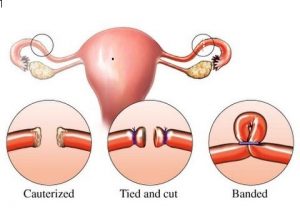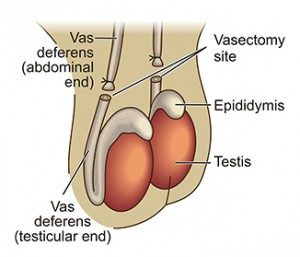Male and female sterilization
Birth control methods
Sterilization is a highly effective form of permanent birth control. Sterilization means to permanently block the ability to have a baby. It should only be considered if the couple does not want to have any more children. Reversal is costly and does not always work. There are many different types of sterilization that can be performed on a man or woman.

 Female Sterilization:
Female Sterilization: